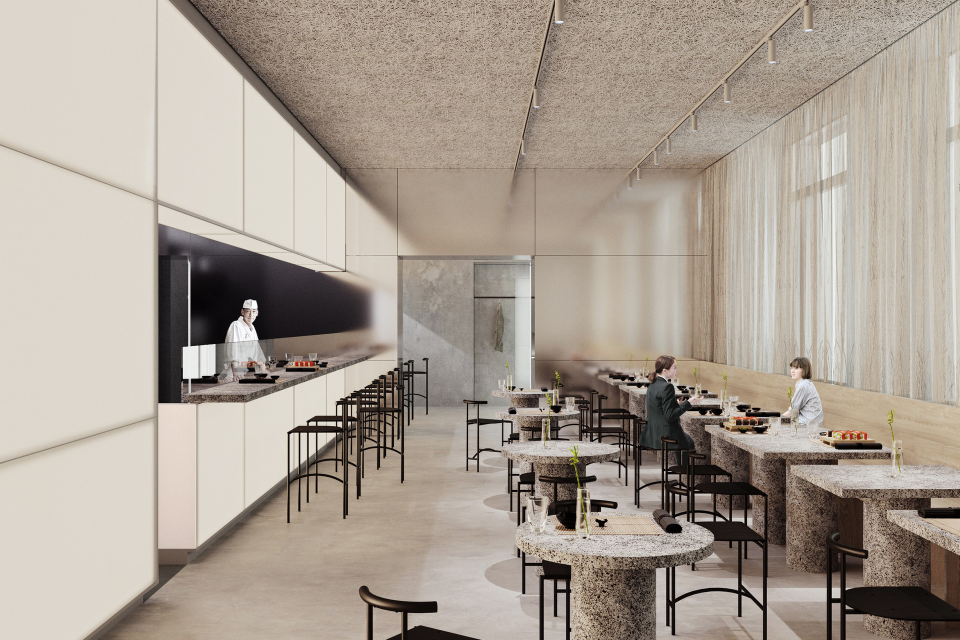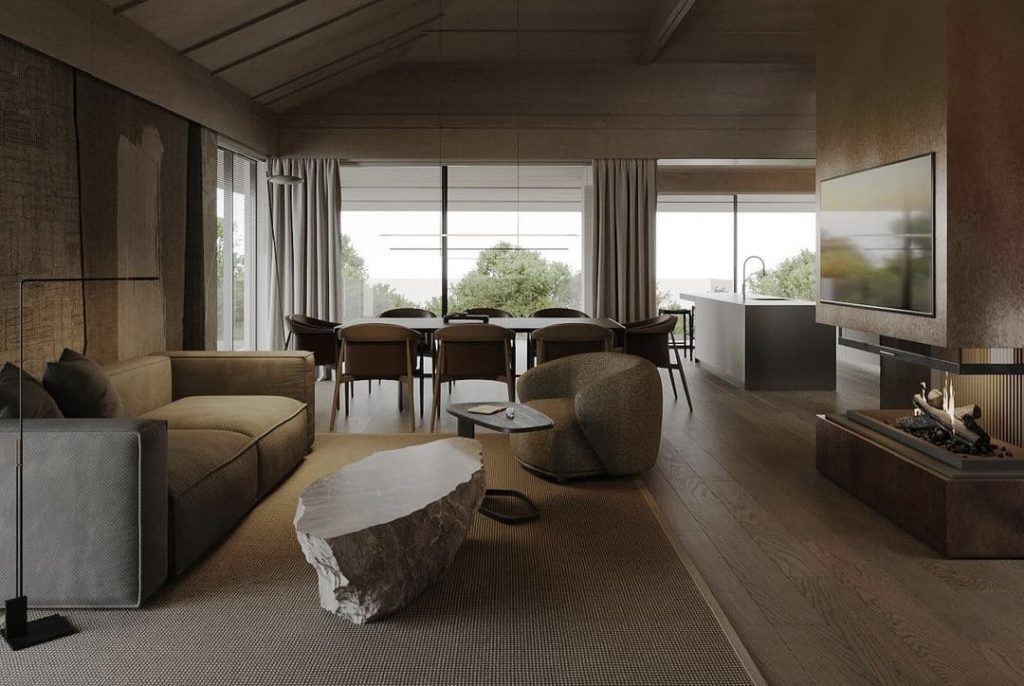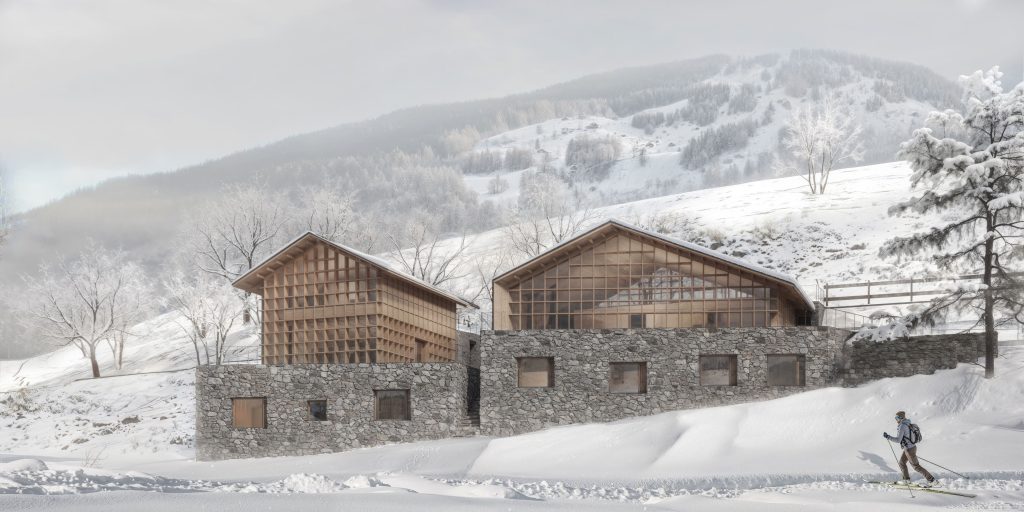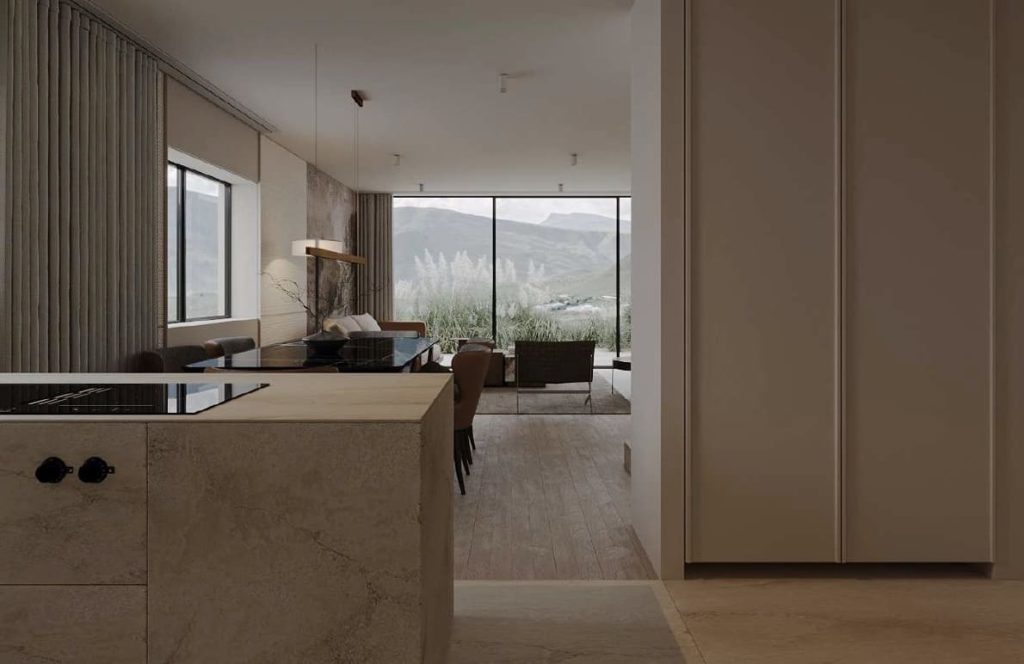Maximize Your Space: Creative and Flexible Design Ideas for Home Interiors
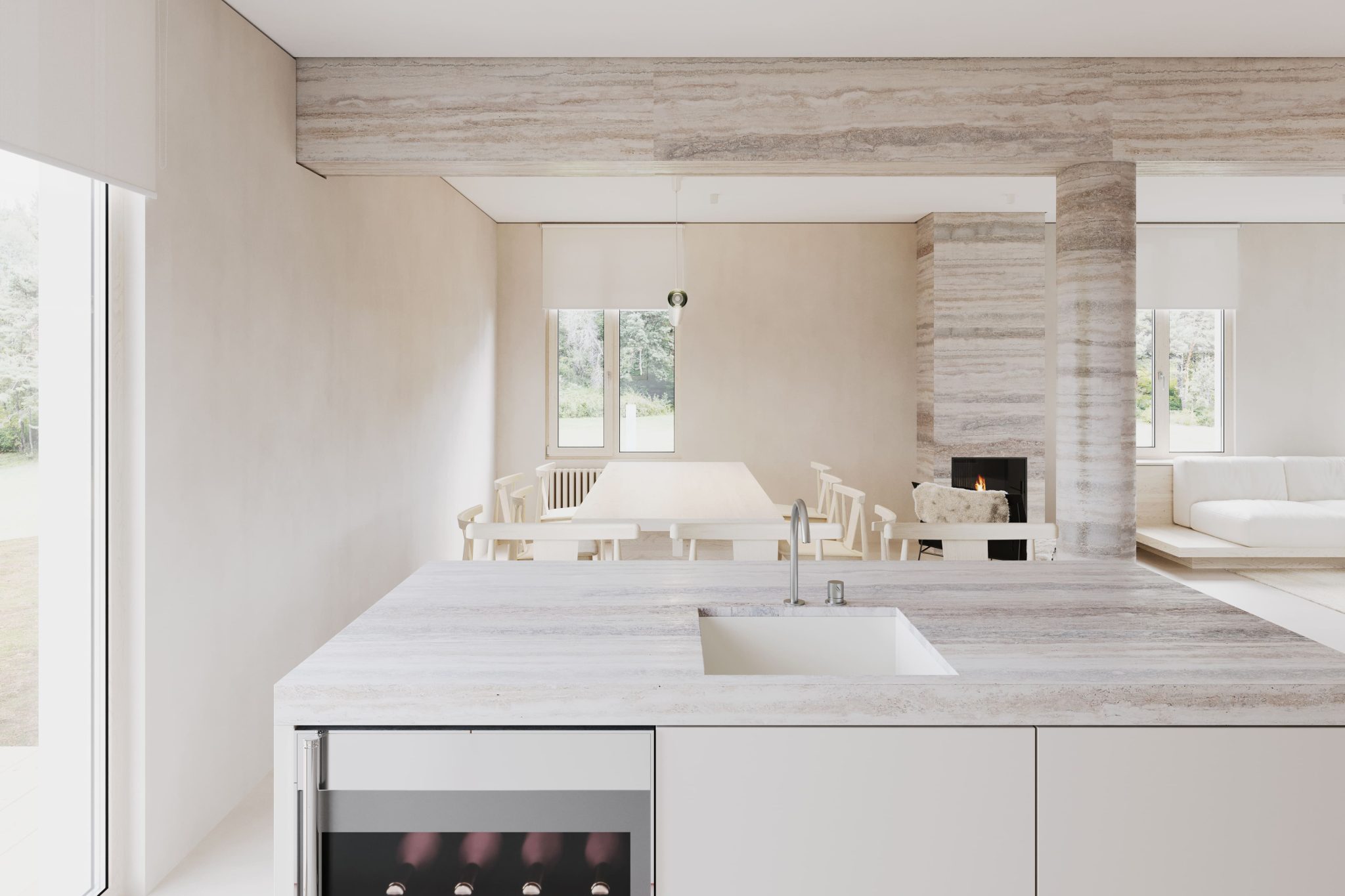
Your home should be a perfect blend of comfort, utility, and personal style— a space that morphs with your ever-evolving needs and tastes. In this era of versatility and customization, flexible home design has emerged as the cornerstone of modern interior architecture. This article provides a roadmap to implementing such design ideas, like efficiently utilizing foldable furniture and vertical space, adopting minimalist aesthetics, or integrating movable walls. We'll also show you how to craft multipurpose zones and how the right mix of color and lighting can visually amplify your space. Let's dive in!
Creating Multipurpose Spaces: The Art of Zoning
Building a flexible home design often requires a critical look at your living space. Rather than thinking of rooms as single-purpose entities, consider how you can introduce the concept of zoning. This design strategy is all about using furniture and décor to define distinct areas within a room for different activities. Imagine a studio apartment, for instance. By carefully arranging furniture and accessories, you can effectively create individual 'zones' for sleeping, relaxing, and working.
Making the most out of your open-plan spaces requires innovative use of furniture. Consider pieces that are not only functional in your living setup but also contribute to the demarcation of areas. Room dividers, rugs, and overhead lighting fixtures can help differentiate one zone from another without obstructing the open flow. The key is to arrange these elements in a way that makes each zone feel both distinct and part of the wider space. Achieving this balance is indeed an art, but when executed well, zoning can significantly enhance the flexibility and versatility of your home design, showcasing innovative space utilization.
When zoning, always keep in mind the purpose of each space. For instance, if you are creating a workspace within your living room, arranging your desk near a source of natural light would be ideal. This way, you create a focused environment conducive to productivity, separated from the rest of the living area yet beautifully integrated into the overall design of your home. Incorporating flexible layout ideas allows you to adapt the space to different needs seamlessly.
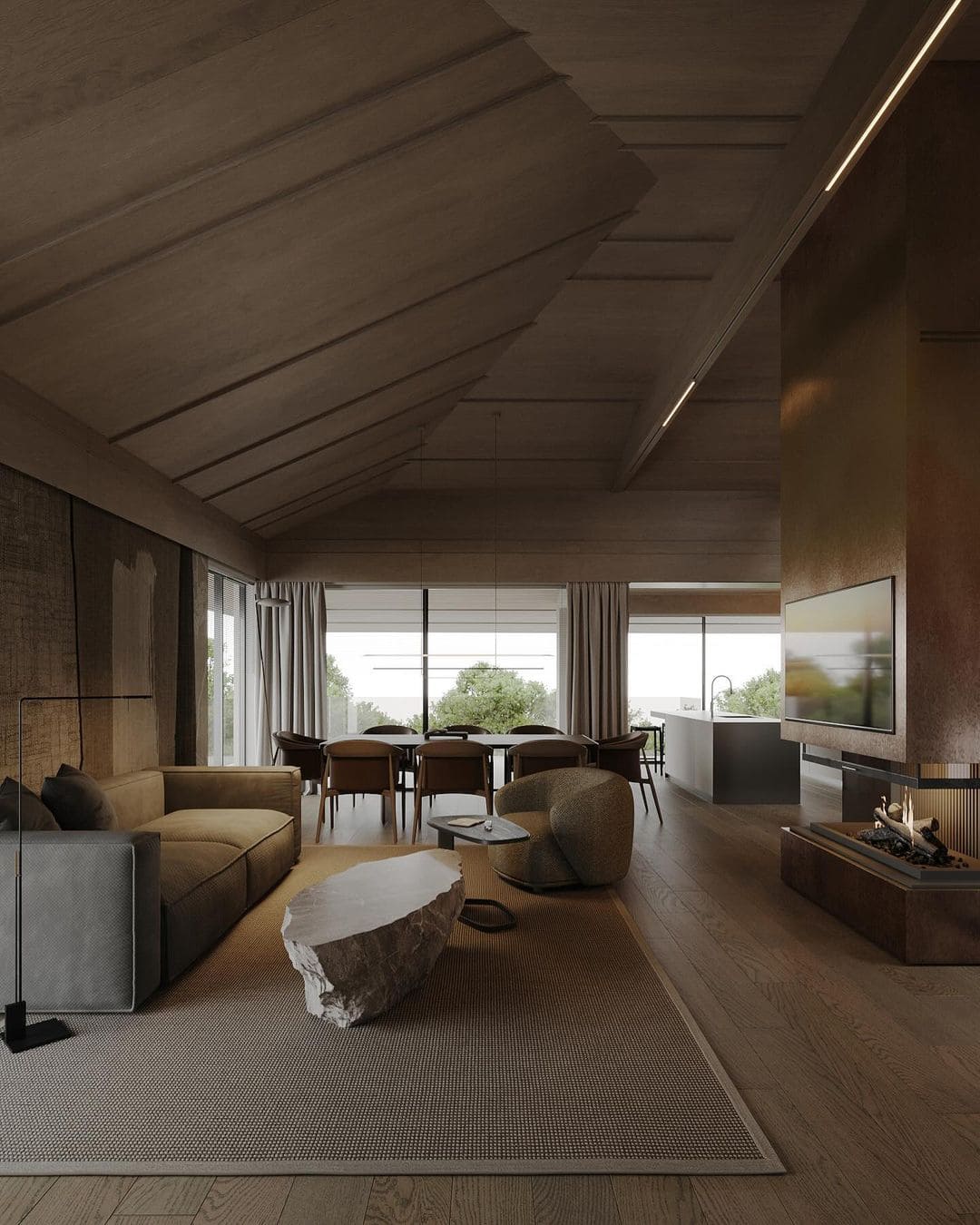
Foldable Furniture: A Key Player in Flexible Home Design
Think of how magically space can be transformed with the advent of foldable furniture. It not only makes living more comfortable, but it's also a boon to small-space dwellers who yearn for spacious and adaptable settings. From sofa beds to collapsible desks and convertible dining tables, the versatility these furniture pieces offer revolutionizes the way we perceive and interact with our living spaces. A well-designed, foldable piece can serve multiple purposes and be tucked away when not in use, all while preserving the aesthetic charm of your home and maximizing room functionality.
Leading designers worldwide are endorsing this concept of space-saving interior design, creating flexible furniture solutions for the urban dwellers of today. This trend has celebrated appreciable success, with homeowners making the switch to transformable furniture for its practicality and to meet modern lifestyle demands. The flexibility of foldable furniture lies in its innate ability to adapt to convenient layouts suitable for work, play, rest, or entertainment, thus reinforcing its position as an indispensable player in flexible home design.
Maximizing Your Vertical Space
Taking advantage of vertical spaces in your home isn't just a smart design move - it's a game changer. By looking up and utilizing wall space for storage or display purposes, you can maintain the function of every room without making it feel overly cluttered. Think visually pleasing bookshelves, floating shelves, wall-mounted TV units, or high-placed cabinets. The key is to strike a balance between decluttering and aesthetics, incorporating creative home decor ideas and versatile home decor elements to create an arrangement that adds value to the room while keeping it practical and accessible.
Moreover, don't be afraid to innovate. Bunk beds, loft spaces, and ceiling-hung installations can add quirky details to the decor while serving a functional purpose. Skilfully positioned mirrors can accentuate the height of the room, giving an illusion of expanded space. And let's not forget house plants - tall plants like fiddle-leaf figs or money trees or hanging plants like spider plants can bring a splash of nature into your living spaces, adding both height and charm.

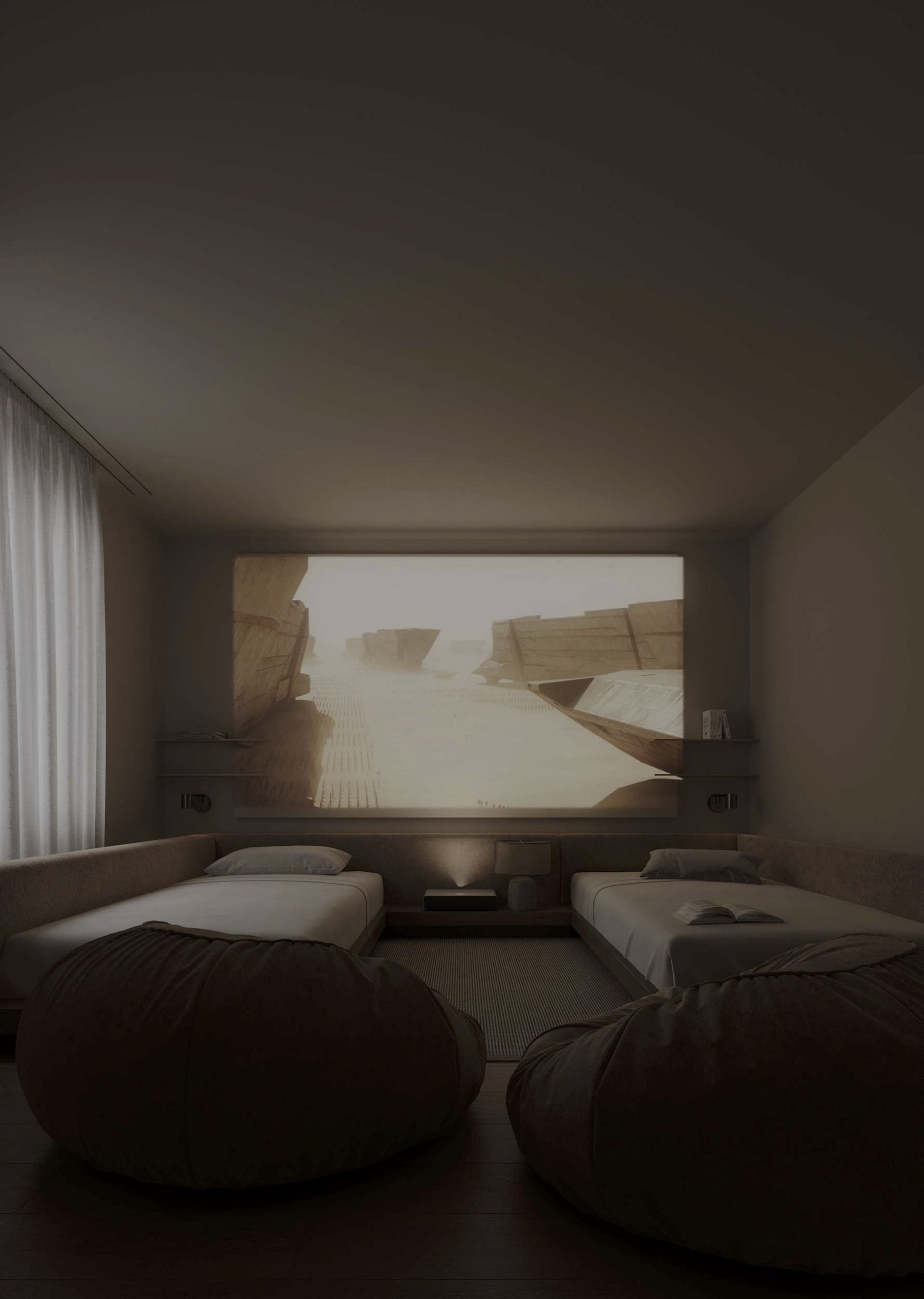
Beyond Traditional: Using Movable Walls and Partitions
Movable walls and partitions are your unassuming allies in adaptable interior design. Think beyond traditional, static interiors. With walls and partitions that can be moved around, you're no longer bound by the daunting constraints of a rigid room structure. It's one step up from modular furniture - close a partition to create a temporary guest room or slide it back for a sprawling space for family gatherings.
Partitions are more than simple dividers, too. They can serve as dual-purpose elements such as storage units or display spaces, further enhancing your living space's adaptability. You can even experiment with a variety of materials - wood for a warm yet movable library partition, translucent panels for a light-filled space, or a mobile green wall for a breath of fresh air. The possibilities are endless, allowing you to create transformative home interiors where every feature serves a purpose and contributes to the overall aesthetic and functionality.
Embracing Minimalism for Maximum Flexibility
Have you thought about stripping back to basics? You should. Minimalist interior design, with its principles rooted in simplicity, is your ticket to achieving maximum flexibility in your living spaces. It's notably marked by the use of functional furniture and a streamlined approach to decor, enabling rooms to feel breathable, spacious, and adaptable to changing needs. With fewer items occupying your space, rearrangement becomes an easy task, and you're free to experiment with layout and function.
But remember, minimalism isn't just about having fewer items; it's about having the right items. The secret is investing in pieces that serve multiple purposes, nail practicality, and still manage to look chic – a challenging feat but one that pays off in the long run, promising a home that evolves with you.
And don’t think you have to sacrifice style for substance. Many modern designers are crafting multifunctional furniture solutions that bear distinct forms and adapt effortlessly to different needs and spaces, proving that minimalism and style can go hand in hand. Indeed, with the right approach, minimalism lends itself beautifully to the idea of flexible design, enhancing your space without ever confining it.
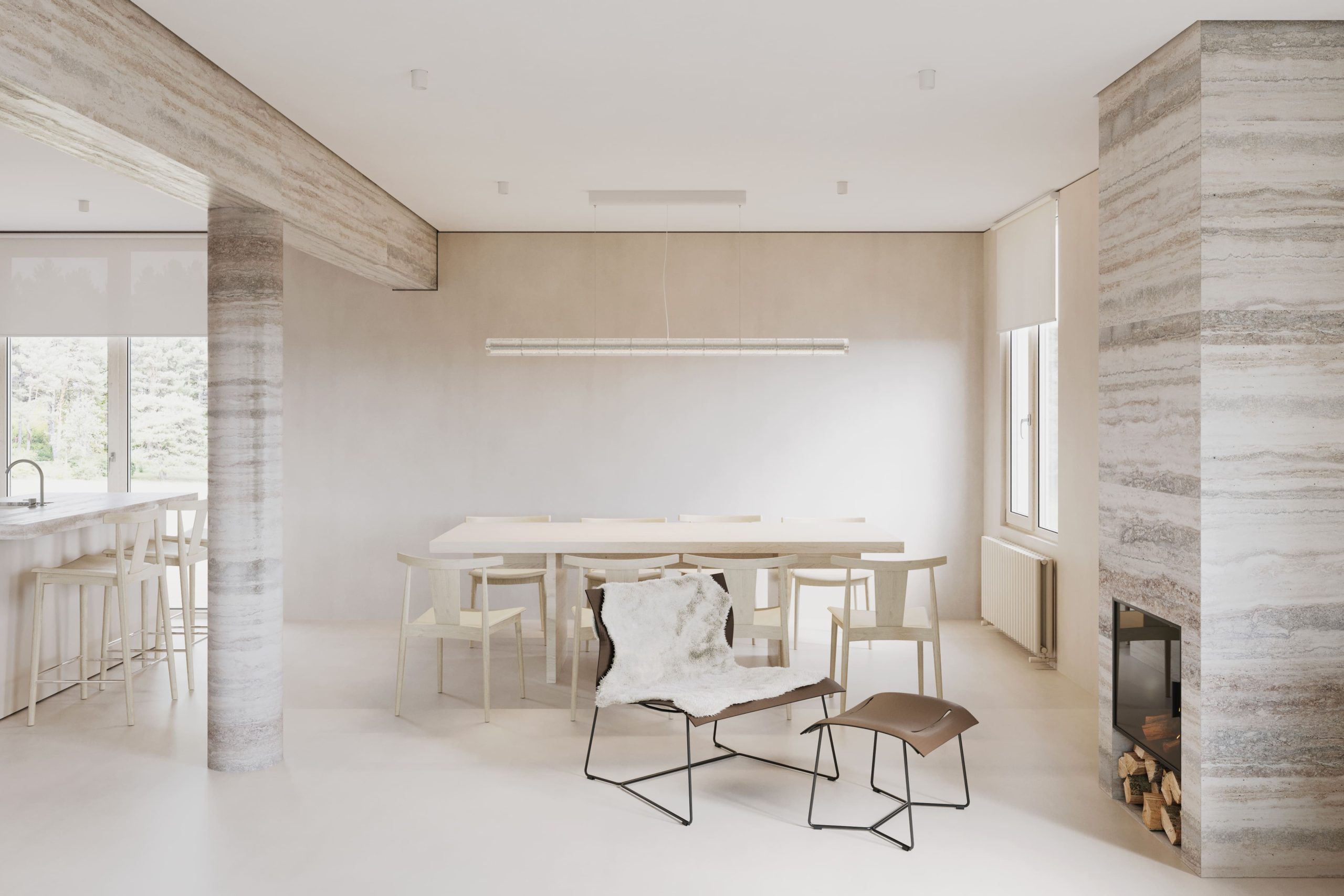
Color and Lighting: Visual Techniques for Amplifying Space
The strategic use of color and light is a remarkable tool in creating the illusion of a larger, expansive space, even in the most compact environments. Bright hues and well-placed lighting design can deceive the eye, making walls recede, and high ceilings appear closer, enhancing the overall aesthetic of your home.
For this, opt for lighter, neutral colors like whites and pastels for your walls and main furniture pieces. These shades reflect more light than darker ones, making your space feel open and airy. Using mirrors and strategically placing them opposite windows or light sources can also dramatically increase the perceived size of a room by reflecting light and creating depth.
Furthermore, natural sunlight is the best option for illuminating your space. If possible, ensure your home is making the most out of every ray. For times when this isn't an option, you can rely on layered artificial lighting. Ambient, task, and accent lighting combined can cast an encompassing light that can sweep away any feelings of constraint. The key to the perfect lighting setup is balance. Avoid shadows and dark corners by spreading light evenly across the room.
